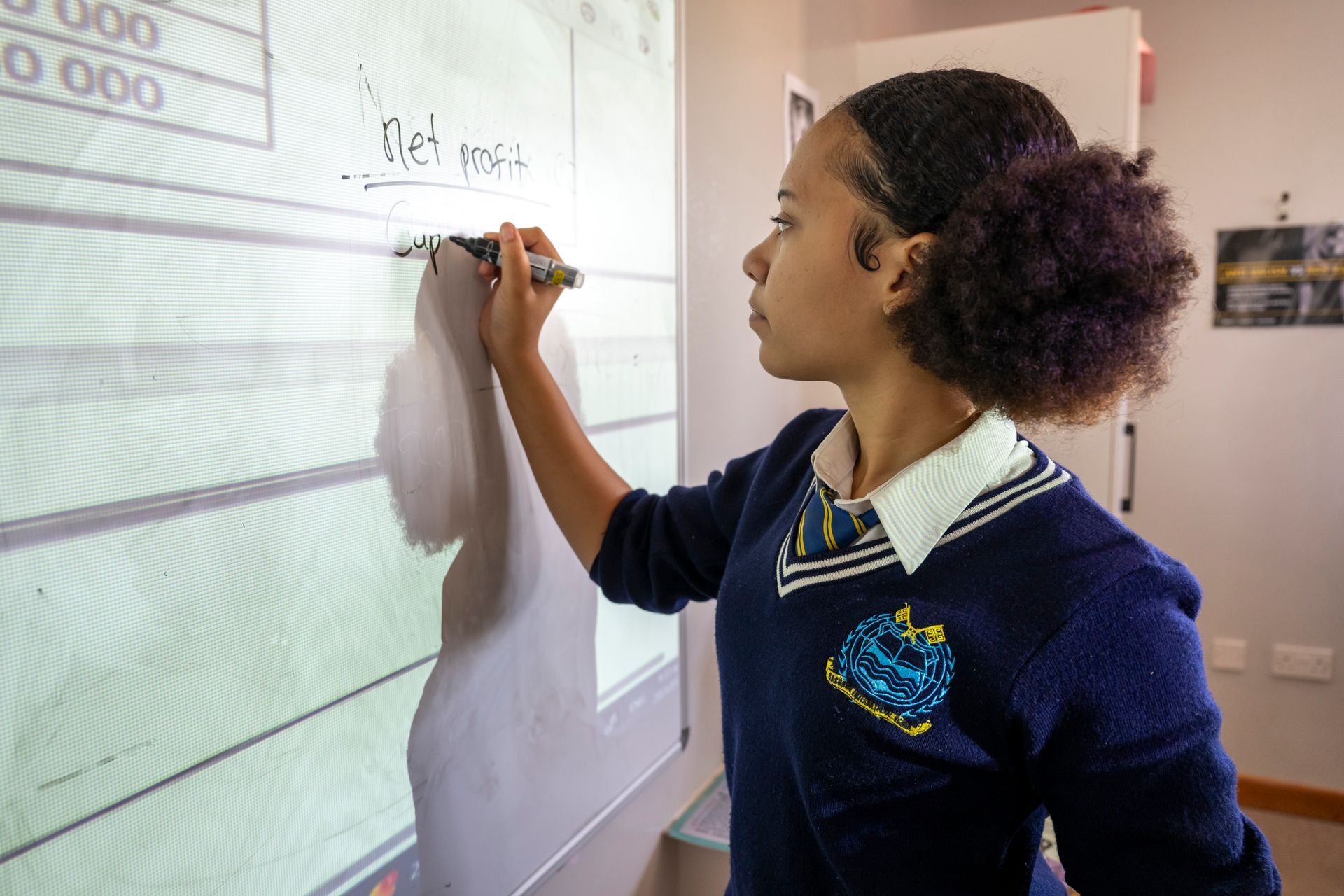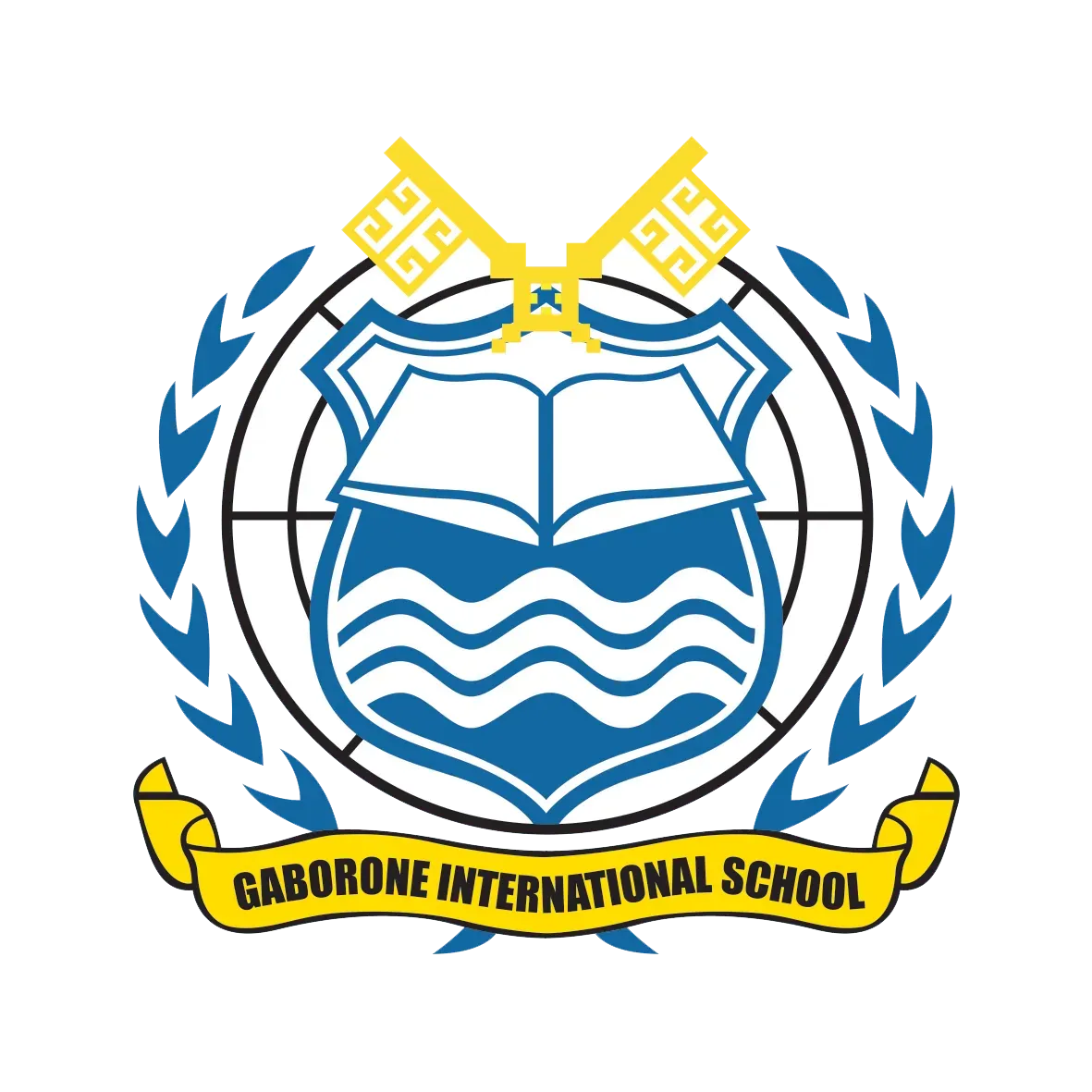The link between visual arts and problem-solving skills
Visual Art at Gaborone International School encourages creativity, critical thinking, and communication skills, while also boosting mental health and well-being of students. Visual Art skills are transferable to diverse subjects like mathematics, Science, English and Setswana (writing, poetry and storytelling). Below are the special areas that Visual art help learners develop.
Creativity and Innovation
Engaging in visual Art project encourages creative thinking and exploration. Learners in visual Art class often experiment with different materials, techniques, and concepts, fostering an innovative mindset that can be applied to problem-solving in various subjects. In Gaborone International School, upper primary classes recycle materials around the school premises to design various art pieces like texture painting, 3D and relief sculptures.
Critical Thinking
Analysing and interpreting visual Art requires critical thinking skills. When we embark in any project, learners carry out a research and brainstorm their findings. This is a crucial process which brings about differentiation, thus having our own unique style and technique to develop what has been done before. This process enlightens learners to evaluate their work and the work of others, assessing what works and what doesn’t, which parallels the evaluative processes in problem-solving. This can be attested by what Std 5 discovered in their painting project where their painting colour effect began during the priming stage to give a wash effect to the painting.
Perspective Taking
Our learners are trained to be neutral when analysing or passing a judgement of visual art pieces, this encourages individuals to see things from multiple perspectives. This ability to view a problem from different angles both individual and group work lead to more comprehensive solutions and ideas are generated from sober judgement and analysing.
Visualization Skills
Learners develop strong visualization skills which are crucial in problem-solving. Before an imaginative artwork is brought into visibility, learners visualise their composition in its various perspective, in our imaginative drawing class, learners write a script about their art piece before they start working on it. Being able to envision potential outcomes and scenarios helps in planning and executing solutions effectively.
Tolerance and endurance
The process of creating art often involves trial and error. A work of painting begins with what seems like chaos. It’s all part of the creative process. Our leaners are trained to keep in mind that the initial mess is a point in the journey —it’s not the finish line. This teaches patience and the importance of endurance, qualities that are essential in overcoming challenges in problem-solving.
Collaboration
Group work in our Visual Art class is important because it fosters interactive learning, promotes the development of essential skills, and encourages deeper understanding of the subject matter. The difference between one artist from another is their application, style and detailing. When students work in a group, it allows them to learn from each other, share diverse perspectives, and practice collaborative skills crucial for project success. Our painting final pieces were of greater value because it was a collaborative work where leaners focused on their expert areas. Those who are good with visual sketching brought object form into the canvas while those who master the colour wheel merged colours, and the brush stroke brought the vision into reality.
FACTS ABOUT VISUAL ART AT GABORONE INTERNATIONAL SCHOOL
- Science lessons at Gaborone International School use visual art to communicate complex ideas. Visualization techniques help in data representation, making scientific concepts more accessible. Art also plays a role in scientific observation and experimentation.
- In a multi-cultural school like Gaborone International School, Visual Art class highlights the awareness of Respect Diversity and Inclusion (RDI) to learners, it exposes students to different cultures and perspectives, fostering global awareness and appreciation for diversity.
- Visual Art classes improve learners emotional and social skills. Majority of learners express their emotions and thoughts though their works of Art.



